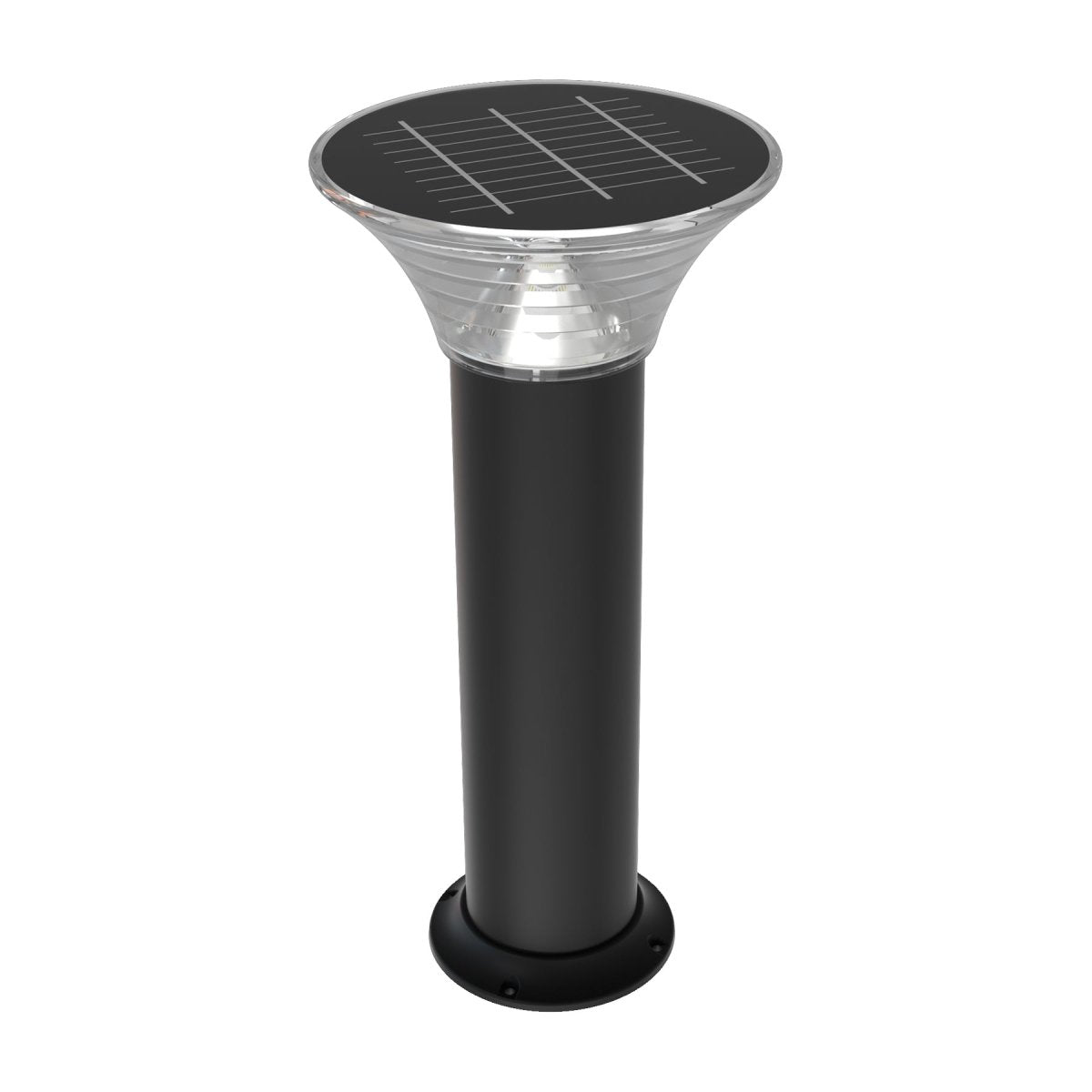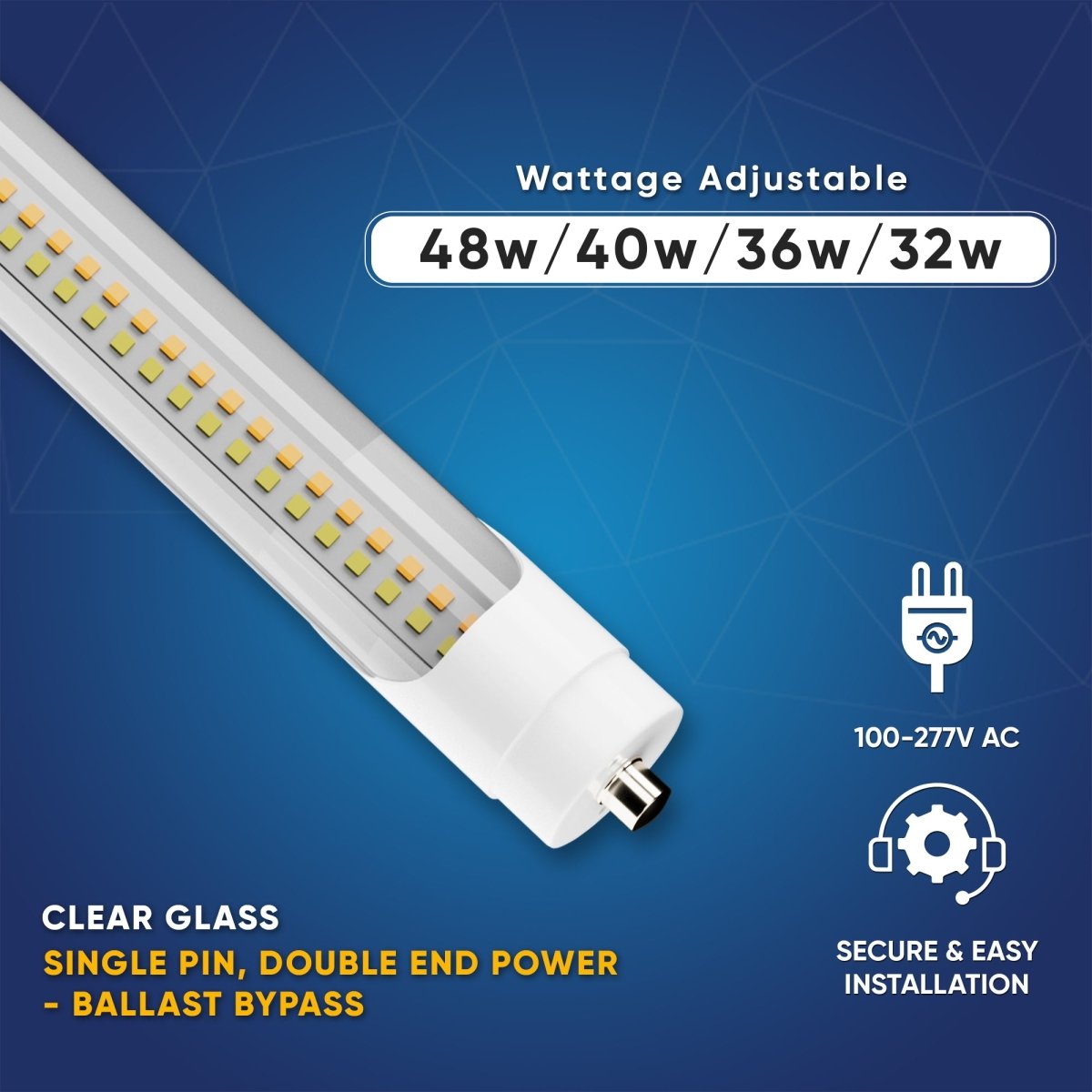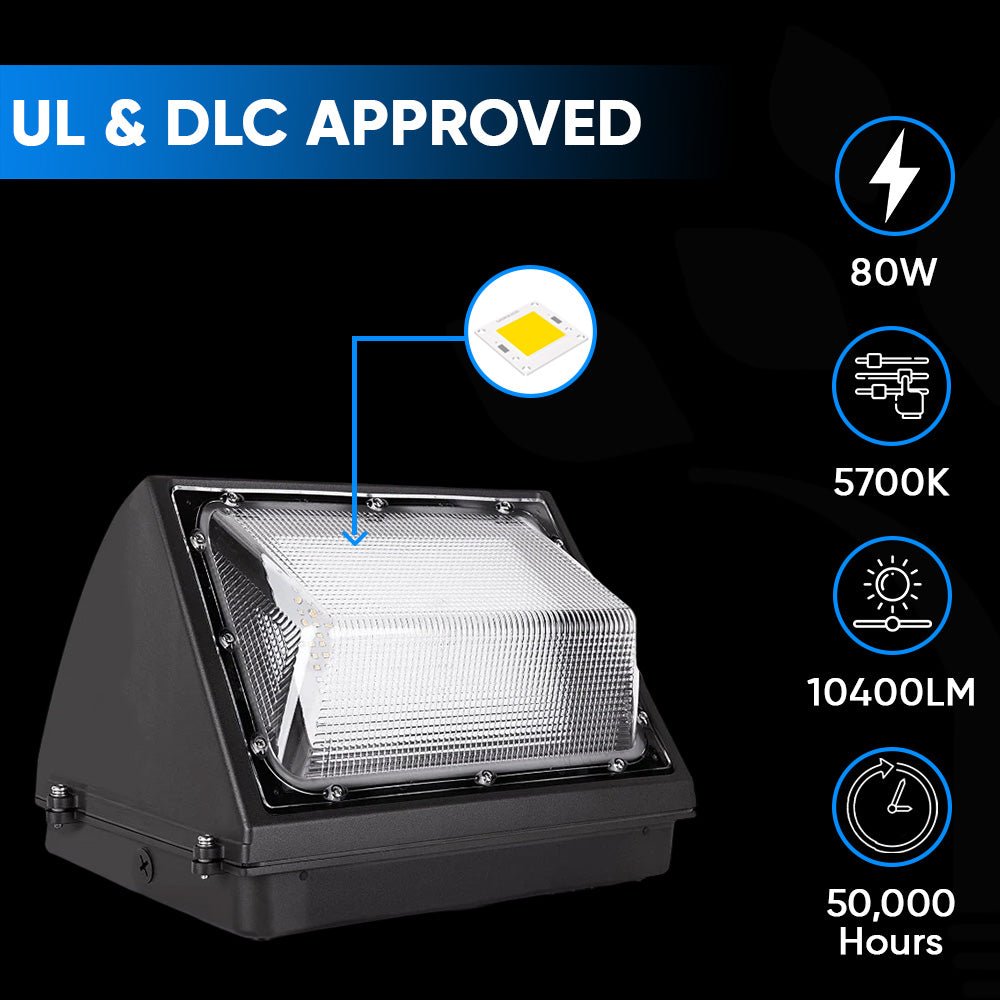In the ever-evolving world of lighting technology, LED lights have emerged as a shining star. With their energy efficiency, longevity, and versatility, LED lights have revolutionized the way we illuminate our homes, businesses, and outdoor spaces. In this comprehensive guide, we will explore the various types of LED lights, shedding light on their unique features and applications. Join us on this enlightening journey into the world of LED lighting.
Table of Contents
|
Introduction to LED Lights
LED, or Light Emitting Diode, is a semiconductor device that emits light when an electric current is applied. LED Lights have gained immense popularity due to their energy efficiency and long lifespan compared to traditional incandescent and fluorescent lights. Moreover, they offer a wide range of lighting options suitable for various applications.
Understanding LED Technology
LED technology operates on the principle of electroluminescence, where the movement of electrons in a semiconductor material generates photons, producing visible light. LEDs are known for their efficiency, as they convert a significant portion of electrical energy into light, minimizing heat production.
Benefits of LED Lights
LED lights offer numerous advantages, such as:
- Energy Efficiency: LED lights use up to 80% less energy than incandescent bulbs, leading to lower electricity bills.
- Longevity: LED bulbs can last up to 25,000 hours or more, reducing the need for frequent replacements.
- Durability: LEDs are solid-state lighting devices, making them more robust and resistant to shock and vibrations.
- Instant Illumination: LED lights reach full brightness instantly, unlike some other types of lighting.
Types of LED Bulbs
A19 LED Bulbs
A19 LED bulbs are the most common type and can replace traditional incandescent bulbs. They come in various color temperatures and are suitable for general lighting in homes and offices.
PAR LED Bulbs
PAR (Parabolic Aluminized Reflector) LED bulbs are designed for directional lighting. They are often used in track lighting, recessed cans, and outdoor floodlights.
MR16 LED Bulbs
MR16 LED bulbs are low-voltage bulbs commonly used in accent lighting, track lighting, and display cases. They offer precise beam control and are energy-efficient.
Candelabra LED Bulbs
Candelabra LED bulbs have a distinctive shape and are used in chandeliers, wall sconces, and decorative fixtures. They come in various designs and emit warm, inviting light.
LED Tube Lights
LED Tube Lights are a popular choice for replacing fluorescent tubes in commercial and industrial settings. They offer energy savings and require less maintenance.
LED Panel Lights
LED Panel Lights are sleek and modern fixtures used for office lighting, classrooms, and healthcare facilities. They provide even illumination and are energy-efficient.
LED Strip Lights
LED strip lights, also known as LED tape lights, are flexible and adhesive-backed, making them ideal for accent lighting, under-cabinet lighting, and creative applications.
LED Floodlights
LED floodlights are designed for outdoor lighting, providing powerful illumination for security, sports fields, and architectural highlighting. They are energy-efficient and long-lasting.
LED High Bay Lights
LED high bay lights are used in warehouses, factories, and large indoor spaces. They offer high-intensity lighting while reducing energy consumption.
Outdoor LED Lighting
Outdoor LED lighting includes various options such as LED garden lights, pathway lights, and solar-powered LED fixtures. They enhance safety and aesthetics in outdoor spaces.
Smart LED Lights
Smart LED lights can be controlled remotely using smartphones or voice commands. They offer customizable lighting effects, scheduling, and energy-saving features.
Color-Changing LED Lights
Color-changing LED lights are popular for creating ambiance and mood lighting. They can cycle through a spectrum of colors or be programmed to match specific themes.
UV LED Lights
UV LED lights are used for disinfection, curing, and special applications. They emit ultraviolet light for sterilization and material curing processes.
LED Grow Lights
LED grow lights are crucial for indoor gardening and hydroponic systems. They provide the specific spectrum of light needed for plant growth.
Conclusion: Lighting the Way Forward
In conclusion, LED lights have transformed the lighting industry with their energy efficiency, longevity, and versatility. From traditional A19 bulbs to specialized UV lights, LEDs offer a wide array of options to suit various needs. As technology continues to advance, we can expect even more innovations in LED lighting, illuminating the future of lighting solutions.
FAQs
-
Are LED lights more energy-efficient than traditional bulbs?
- Yes, LED lights are significantly more energy-efficient and can reduce electricity consumption by up to 80%.
-
How long do LED bulbs typically last?
- LED bulbs can last up to 25,000 hours or more, which is much longer than incandescent bulbs.
-
Can LED lights be used for outdoor lighting?
- Yes, LED lights are ideal for outdoor lighting, including floodlights, garden lights, and pathway lights.
-
Are smart LED lights cost-effective?
- Smart LED lights can be cost-effective in the long run due to their energy-saving features and customization options.
-
What are UV LED lights used for?
- UV LED lights are used for disinfection, curing, and specialized applications like counterfeit detection and forensic analysis.
























































































